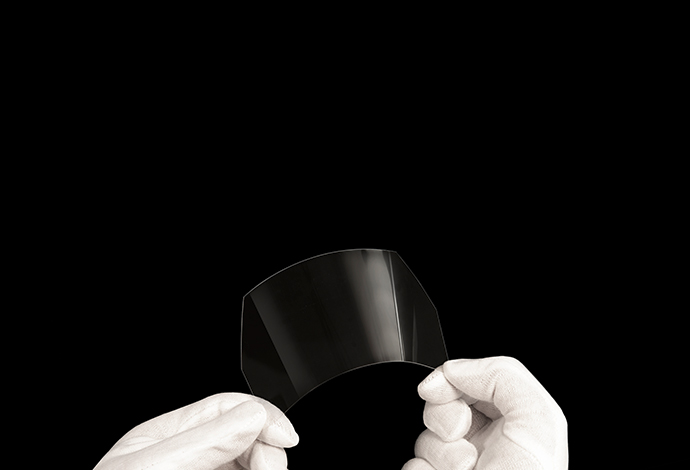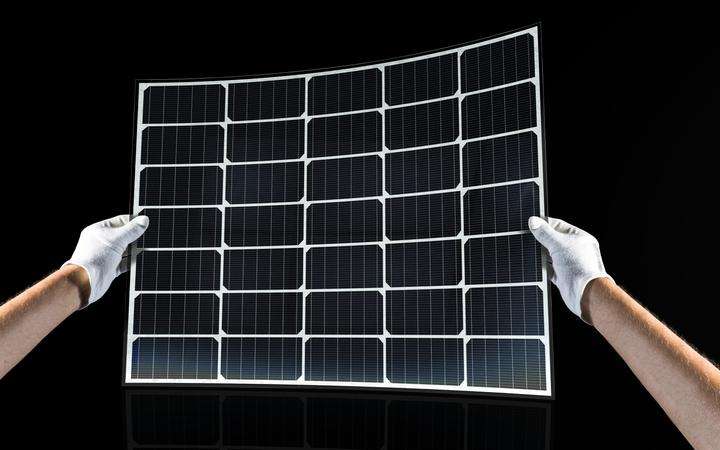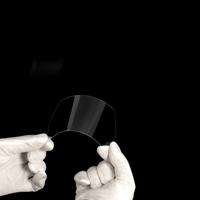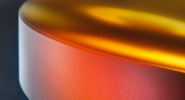
Solar Cell Cover Glasses
Stable, protective and long-lasting
Our Solar Cell Cover Glasses offer a range of technical advantages when used for space or terrestrial applications such as photovoltaic systems and optical solar reflectors. Transmittance across the spectrum from UV-A to near-infrared is excellent, while low-wavelength UV radiation is effectively blocked. Low solarization also ensures reliable performance during the lifetime of a mission, while a fire-polished surface and outstanding geometrical homogeneity add to its effectiveness.
Reliable performance for the lifetime of a mission






